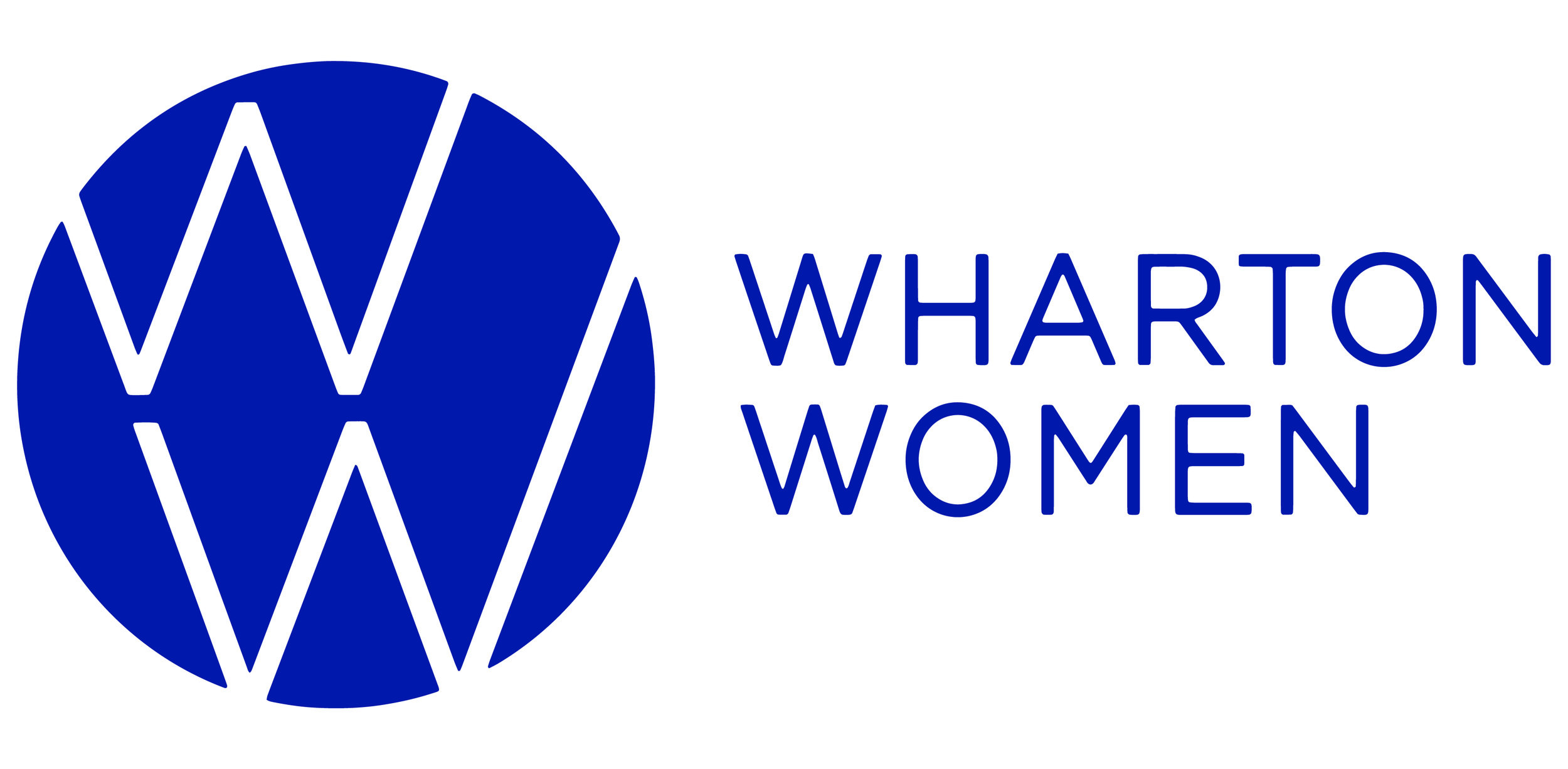Bias as a Barrier
Written by Anjeli de Blank (W’26); Edited by Ria Saraswat (W’25)
Globally, women are under-represented in all aspects of the workplace despite the recognised benefits they bring to organizations and the economy at large. In the Grant Thornton Women in Business 2021 report, it was found that the proportion of women in senior management roles globally sat at 31% and was even lower if solely considering CEOs and managing directors (qtd. in Catalyst). Although there have been significant advancements in the past years, the average distance completed to parity is at 68% (World Economic Forum 5). This raises the question: what has caused this gap? This pressing issue has not occurred ex nihilo; gender disparity in the workplace is a multifactorial matter. It has been a culmination of social norms, cultural influences, various discrepancies in hiring and promotion practices, and harmful gender stereotypes, to name a few.
In today’s climate, it has been widely agreed that biases play a large and detrimental role in the journey of overcoming gender imbalance. Research suggests that vast and hidden biases contribute significantly to the struggles many career-focused women face and have been instrumental in maintaining the status quo in male-dominated industries. Approximately three in four women will experience bias at work, causing many to resign. Sadly, only one in three employees will challenge these if noticed (Lean In, “50 Ways to Fight Bias”). There are different forms of partiality, many of them unconscious, but notably, performance, attribution and beauty biases have the greatest effect. Unconscious biases have been defined as “social stereotypes about certain groups of people that individuals form outside their own conscious awareness” (UCSF Office of Diversity and Outreach). They stem from an involuntary process called categorization and are often much more prevalent in today’s society than conscious biases. These biases develop in early childhood and both genders are affected by this process (Dore et al. 218). Subconsciously, we have internalized these biases and they affect us negatively in our everyday lives. In a study of performance reviews, 66% of women received negative feedback on their personal style such as being called out as abrasive, whilst only 1% of males received that same type of feedback (Lean In, “Gender Bias Cards”).
Performance bias is the idea that people tend to underestimate women’s performance and overestimate men’s. This is why women are often promoted to the C-suite based on their past accomplishments, whilst many employers hire men based on potential, automatically assuming that they have the required skills. Performance bias then has a knock-on effect: it generates attribution bias. Women are given less credit for their achievements, and frequently blamed for mistakes, leading to impostor syndrome. This fosters self-doubt and acts as a hindrance to a female leader’s progression to top managerial positions (Lean In, “Gender Bias Cards”).
The third type of bias that widely affects women is beauty bias, the favorable treatment that individuals receive when they are deemed more attractive. Women are habitually judged on their appearance: society finds that physically appealing women are perceived as successful, sociable, and more likable than those less attractive (Chamorro-Premuzic). Specifically in the workplace, females feel pressure to look professional and conform to beauty standards, without appearing overly ‘alluring’ or ‘debauched’. The consequences of this are vast and restrict female advancement, a concept that is foreign to their male counterparts.
The most important step in eliminating these biases is first uncovering them — I hope that by reading this article you have become more aware of any unconscious biases you may hold. Harvard experts have developed tests to gain a better outlook on such biases called Implicit Association Tests. They found that 76% of participants more readily associated men with words like ‘career’ and women with ‘family’, regardless of their own gender. If you are interested in discovering your own biases, take the Gender-Career IAT test for yourself at https://implicit.harvard.edu/implicit/takeatest.html. Use it to identify areas you might have implicit biases and learn to recognize when you can alter the way you think to drive the inclusiveness agenda. By encouraging and amplifying conversations, we can teach people worldwide to eliminate any early biases and encourage more young women to climb the corporate ladder.
Gender inequality is a systemic issue that has been ingrained in history; yet by advancing women’s equality and reaching gender parity worldwide, an estimated US$12 trillion could be added to the global GDP by 2025 (McKinsey & Company). It is far from an issue that can be solved with one solution, instead, a collaborative effort is required and it can simply begin with changing your mindset.
Bibliography:
https://www.catalyst.org/research/women-in-management/
https://www.weforum.org/reports/global-gender-gap-report-2021/
https://leanin.org/50-ways-to-fight-gender-bias
https://diversity.ucsf.edu/programs-resources/training/unconscious-bias-training
https://leanin.org/gender-bias-cards/grid/get-started
Dore et al. “Children’s Racial Bias in Perceptions of Others’ Pain.” British Journal of Developmental Psychology
https://hbr.org/2019/10/attractive-people-get-unfair-advantages-at-work-ai-can-help
https://www.mckinsey.com/featured-insights/diversity-and-inclusion
